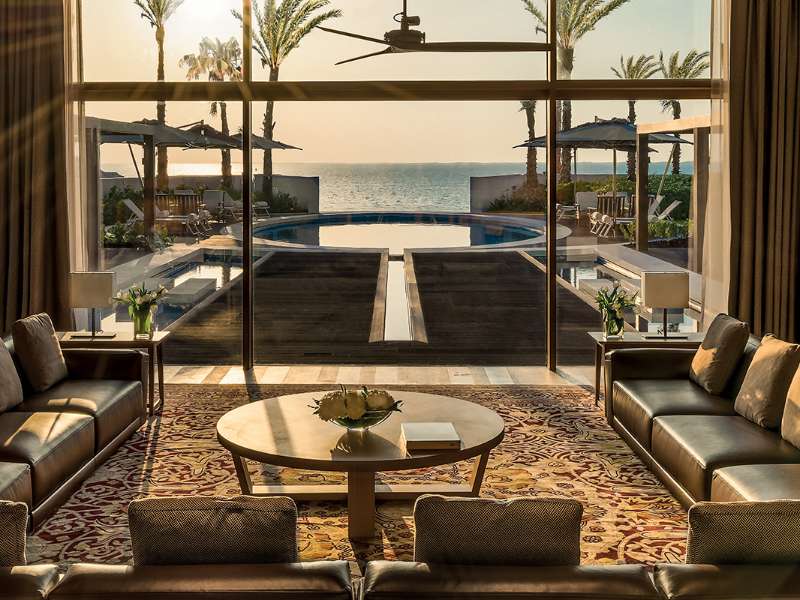Louvre Abu Dhabi is dedicating a major exhibition to the Mamluk Dynasty, which ruled a strategically crucial empire between Africa and Asia for over two centuries, from 1250 to 1517. Titled Mamluks: Legacy of an Empire, the exhibition is the result of a collaboration between the Emirati museum and the Musée du Louvre, represented by Souraya Noujaim and Carine Juvin, with the participation of local curator Fakhera Alkindi. The exhibition offers a multifaceted view of Mamluk society, marked by a refined material culture and intense diplomatic and commercial activity. Alongside works from the Louvre Abu Dhabi collection, the show features exceptional loans from the Paris museum, including Reception of a Venetian Delegation by the Mamluk Governor of Damascus (1500-1540) and the renowned Baptistery of Saint Louis, a metal basin inlaid with silver and gold, produced in Syria or Egypt between 1330 and 1340, considered one of the masterpieces of medieval Islamic art. The Mamluk Dynasty - composed of former slave-soldiers who converted to Islam and rose to power - distinguished itself not only through its resistance to Crusader and Mongol armies, but also through its promotion of the arts and sciences. Their realm extended over key territories: Egypt, the Levant, a portion of Eastern Anatolia, and the Hejaz, including the holy cities of Mecca and Medina. With Cairo as its capital, the sultanate became a hub of trade linking the Mediterranean, Africa, and Asia, fostering a cosmopolitan culture and an extraordinarily high level of artistic production that still impresses today with its technical precision and elegant detail. Among the exhibition’s highlights is a Carpet Decorated with Three Medallions, made in Egypt in the second half of the 15th century, a testament to the taste and prestige that defined Mamluk court life. The exhibition thus sheds light on one of the most significant periods in Islamic history, whose influence has left a lasting mark on the art and identity of the Middle East.





























